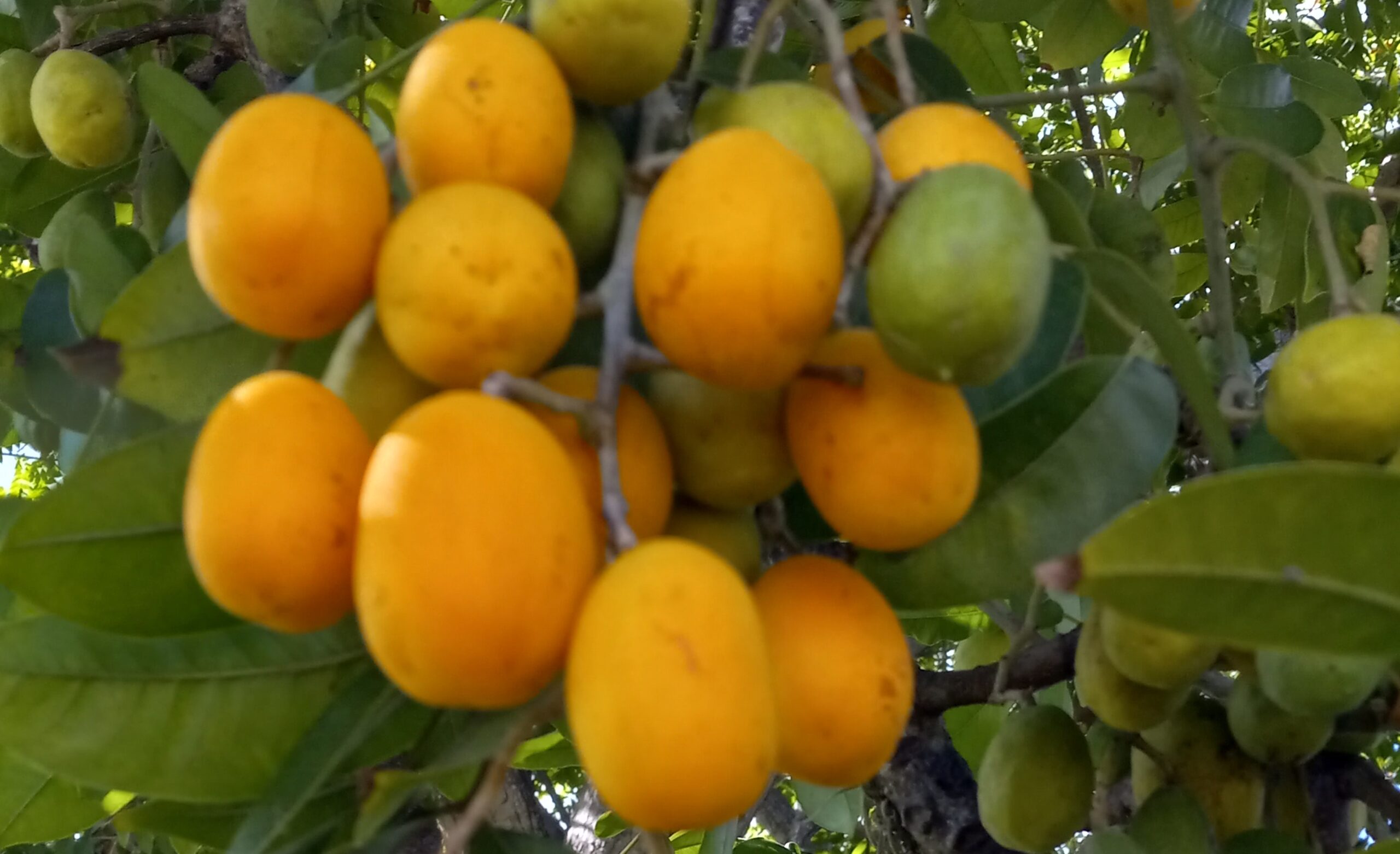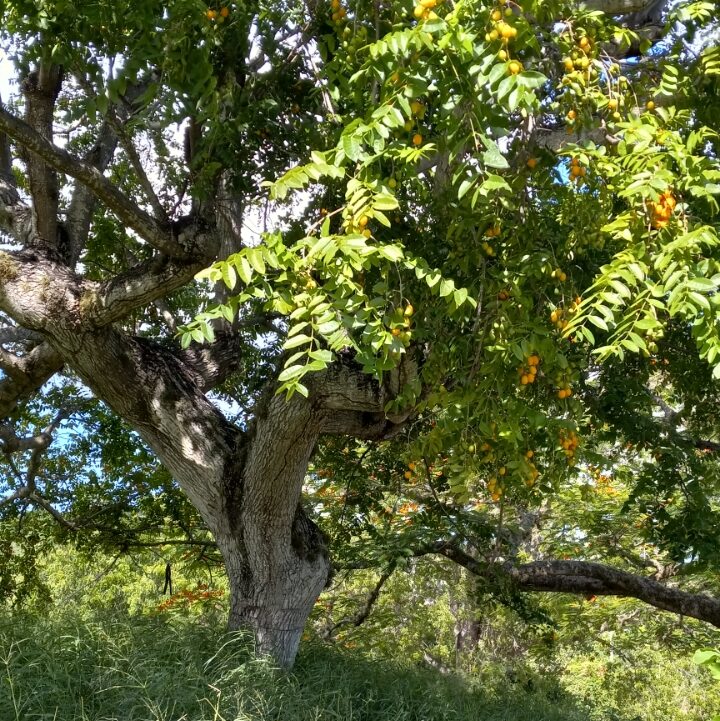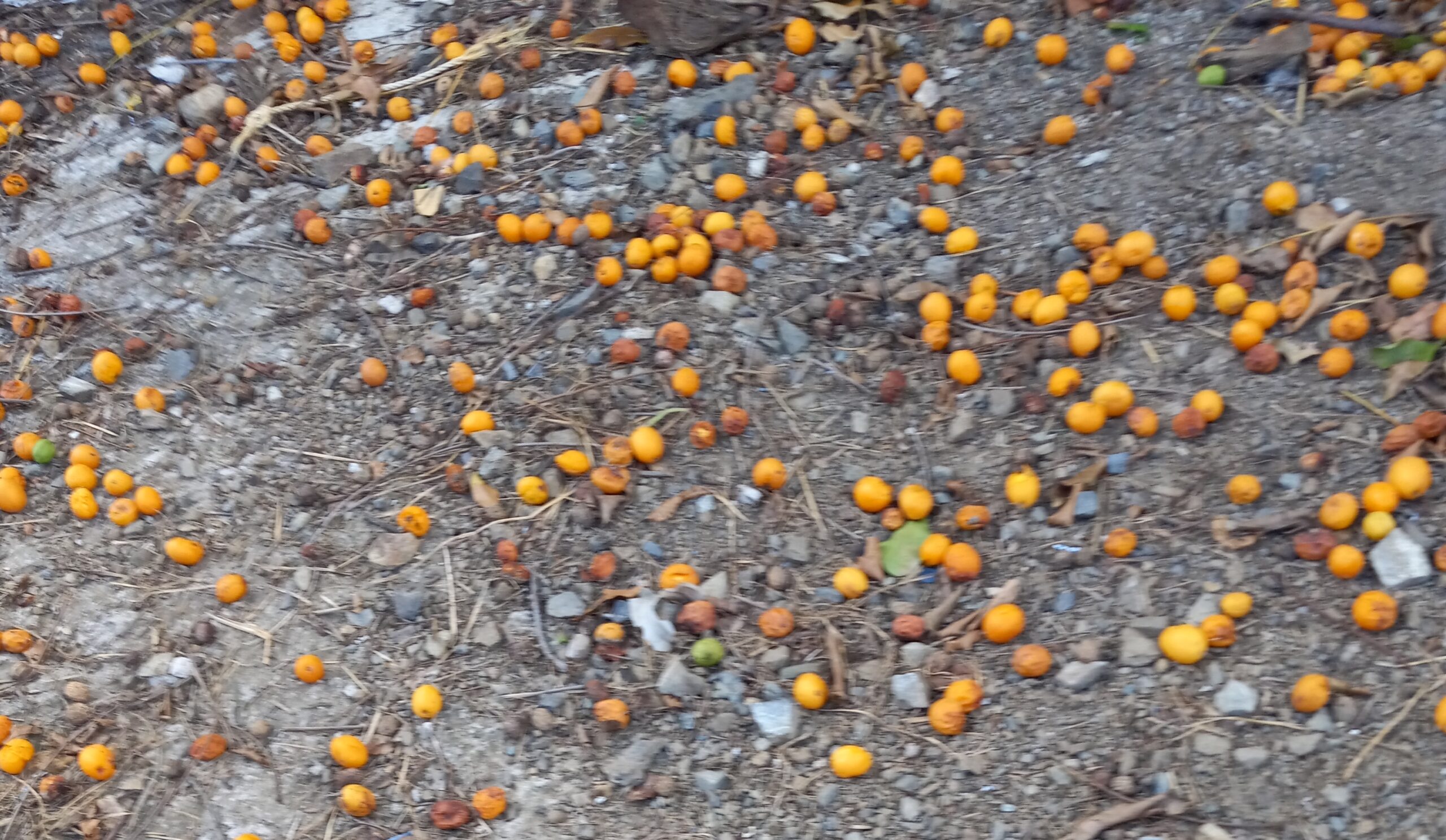
How many of our children in the Virgin Islands know that the hog plum tree in season now spells the end of summer? The older people of these islands would say, “When plantain tree want dead he bear.” The interpretation of this native Crucian proverb is, “This represents the cycle of life. Old age is often a fruitful period.” In fact, long ago children knew, especially those who grew up in an agricultural society in the Virgin Islands, that school would open in September due to the arrival of the yellow or orange-yellowish fruits of the hog plum tree.

It was cultural back then for children to eat hog plum fruits before school opens in September. Virgin Islands society back then was agricultural, where fruits dictated the seasons of the year and the lives of people on a small Caribbean island. Culturally speaking, the hog plum fruit was an indicator that summer was officially over in the Virgin Islands. Today, our schools open before the hog plum fruits disappear off the tree for another summer season ended. The hog plum (Spondias mombin ) tree is native to tropical Americas, which includes the West Indies.
In the 17th century, the plant was introduced by the Portuguese to South Asia, and naturalized in parts of Africa, Nepal, Bangladesh, and India, particularly in arid regions of the world. The hog plum is a small- to medium-sized deciduous tree reaching between 50 to 60 feet in height, with a trunk diameter of about 2 ½ feet. The bark is whitish-brown or gray, rather smoothish except for many spine-like projections about 1/4- to 3/4-inch long, becoming rough and furrowed.
The leaves are alternate and slender with finely hairy axes. The leaflets are opposite more or less in pairs except for the terminal one, on stalks 1/8- to 1/4-inch long. The blades of the leaflets are 2 to 4 inches long and 1 to 1 ¾ inches broad with short-pointed ends, or rounded and oblique at the base and edges, not toothed or slightly wavy, yellow green on the upper surface and paler beneath. The spreading flowers of the hog plum tree are clusters 6 to 12 inches or more in length, with flowers on short stalks 1/6 of an inch or more in length.
The flowers are male or female and bisexual on the same tree (called polygamous) and borne in short, hairy panicles along the branches before the leaves appear. The flowers bloom in January to May and are sweet-scented, in large, lax terminal panicles of small white flowers. The fruits of the hog plum tree appear in July and mature in September and are nearly 1.5 inches long, ovoid yellow, or turn orangish at times and wrinkle when dry.

The fruits are pleasantly odorous, and have somewhat of an acid taste and are edible, with a thin flesh slightly sour and pungent with a large seed about 1 inch long. This late-bearing summer fruit is loaded with vitamins. The fruit is rich in vitamin A and C. Vitamin C of the hog plum fruit gives support to your immune system and also helps with the production of collagen, which keeps your ligaments, skin, and cartilage healthy.
It is also an important essential vitamin for our bodies as well as a natural antioxidant to protect our bodies from damage caused by free radicals, potentially reducing your risk of heart disease. The fruit also contains iron, which aids in the production of myoglobin and hemoglobin. The fruits of the hog plum are rich in dietary fiber, which help maintain a healthy digestive system.
On the other hand, the leaves of the hog plum tree have medicinal uses, such as mixing it with Desmanthus virgatus, which is made into a tea for the cold. The bark of the tree has been proven to be anti-inflammatory. It is also used as an infusion to help with women’s reproductive problems. Traditionally speaking, hog plum trees were once planted along the roadside of the Virgin Islands, especially on the island of St. Croix.
There are a few trees along Queen Mary Highway or Centerline Road, a few scattered in areas of Estate Grove Place, in Estate Springfield where the rock quarry is located, in the forests of the northwest, west, and central upland forests of St. Croix, and here and there along streams and guts of the Virgin Islands. Spondias mombin has many common names. In the Virgin Islands, we call it hog plum due to the serving of fruits to hogs historically to fatten them up, thus the name hog plum.
In Jamaica, it is known as Spanish plum, gully plum, or coolie plum. Yellow mombin, jobo, cirueia, yuplon, Mope, and Ashanti plum are some of the many common names of Spondias mombin. Hog plum once played an important role in Virgin Islands culture. It can be eaten fresh or cooked, and it can be made into an excellent jam. In the native Crucian cookbook by the late Amy Mackay, titled Le Awe Cook: A Collection of authentic Cruzan Recipes, she mentions how to make jam from the hog plum fruit.
“Select firm ripe plums. Wash them, put to boil with enough water to barely cover, and boil for about 10 minutes. Remove from fire and press through a sieve. Measure liquid, add an equal amount of sugar, and boil until mixture reaches the jam stage. Pour into hot sterilized jars and seal. This jam makes a nice filling for an open pie, locally called tart,” noted Mackay.
Recently, I was invited to Central High School on St. Croix to lecture on the marine biology history of the island, particularly on the mangrove forests of the Virgin Islands. I had a hog plum fruit with me. I asked the students for the name of the fruit. Believe me, not one student could give me the answer. This tells me the culture of the Virgin Islands is disappearing fast among our young people. It is important for all of us Caribbean people to teach our children about themselves, their history and culture, which includes knowing of the hog plum tree.






